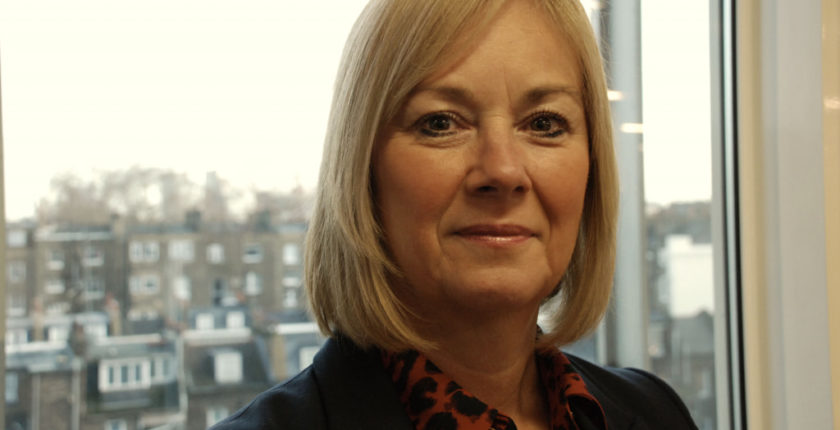Interim Chief Inspector outlines CQC measures to improve inspection process
[ad_1]
Interim Chief Inspector of Adult Social Care, Debbie Westhead, the Care Quality Commission’s (CQC), launches her column on regulatory updates following her appointment in January.
From a 17-year-old care assistant to Interim Chief Inspector of Adult Social Care for the next few months is something I’m immensely proud of and so, I’d like to start my first column for Care Home Professional by simply saying thank you for giving me the opportunity to pick up where Andrea Sutcliffe left off – and what better way to kick off than bringing you up to speed with all that’s going on at CQC HQ to continually drive forward positive change in the way we inspect and rate adult social care services? So, here goes…
Inspection reports

Advertisement
Our focus at CQC is quality and encouraging services to improve. We know how important it is to the people who use these services, their families and carers, and we also know that providing a quality service is the ambition of the vast majority of readers like you who are working in and running care home services.
Making sure we do this in a way that is clear, provides confidence that good care is identified and celebrated – and that poor care is exposed and tackled through improvement or enforcement action – is at the heart of our published inspection reports.
The end of last month saw the introduction of a revised format and style for all new adult social care reports. Don’t worry, they’ll still be containing all the important content – such as our full findings and the voice and experience of those using services, their families and carers – but with the added benefits of reports being produced more quickly, published more promptly and easier for people to find the information that matters to them.
We’ve also listened to what providers, like you, have told us about wanting more of a discussion about your draft inspection report. Now, shortly after receipt of this, all registered managers will be contacted by their inspector to discuss how we’ve formed an assessment, and help clarify any issues or questions. A small but positive improvement.
We know that at their best – as we are seeing in well over three quarters of locations across the country – care homes can positively transform people’s lives. That’s why we’re committed to reporting on the best evidence that supports our judgements; is based on the key characteristics of good, safe, compassionate care, and encourages continuous improvement.
Factual Accuracy
When tackling areas of concern, we use a national enforcement policy to ensure that we take a consistent and proportionate approach to regulation. Whenever we rate a service or take any form of enforcement action, we will always clearly state the evidence on which these have been based in draft inspection reports – and providers have the opportunity to challenge this as part of our factual accuracy process.
During February, we are looking to make this process clearer and speedier, including accepting submissions specifically via an online template form and sticking to a 10-working day limit, and so, please do keep an eye out for separate guidance on this coming shortly that will include some helpful examples about what you need to do, should you need to do it!
Finally
I’ll be back with another column in April. In the meantime, if there’s a burning issue or topic you’d like me to cover next time then please send your suggestions in to the Editor, Lee Peart at [email protected] and I’ll do my best to cover it here next time.
[ad_2]
Source link

